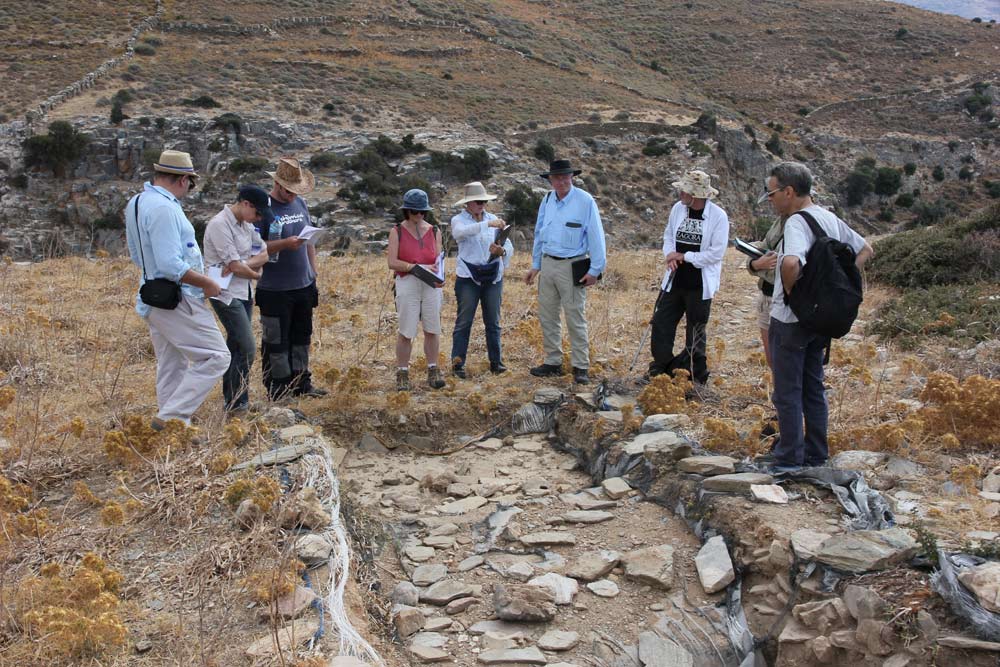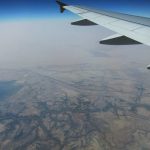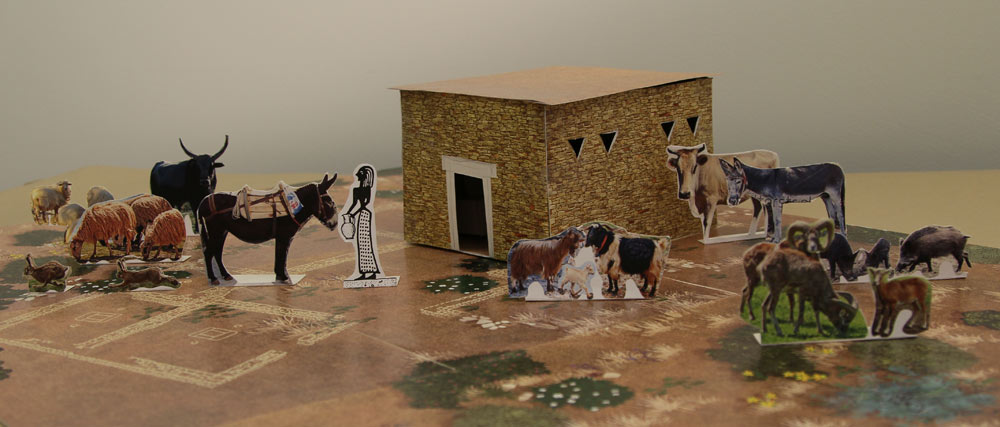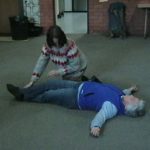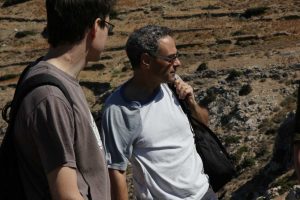
by Irma Havlicek
Powerhouse Museum Web Producer
Finally, after all the planning and coordinating, yesterday arrived: 23 September 2013, and the first day of the 2013 Zagora archaeological fieldwork season.
The old hands (ie those who had been part of Zagora 2012) headed out to the site after breakfast while those who were new Zagora participants stayed back for an induction session at the Kantouni Cafe.
Meg Miller and Lesley Beaumont provided a briefing about the five excavation areas, and explained about some of the specialists we have on the team, such as Stavros Paspalas (pictured at right), a renowned expert in fine ware ceramics of the Geometric period.
